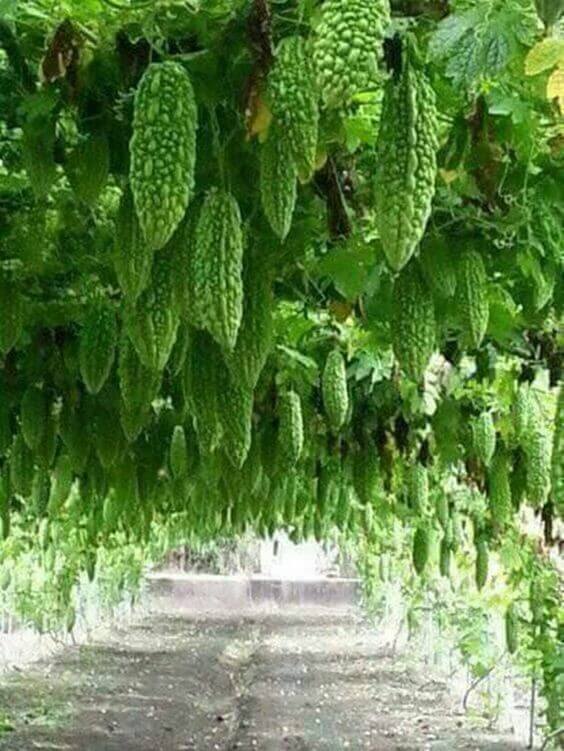Plants, in all their botanical diversity, offer a mesmerizing array of fruit production capabilities in the natural world. Some generously bestow us with an abundance of fruits, while others leave us yearning for even a solitary specimen. This intriguing variability in fruit production is a testament to the intricacies of plant life. In this article, we embark on a journey to unravel the enigmatic reasons behind why some trees yield bountiful fruits while others remain fruitless.


Genetic Predisposition: Nature’s Blueprint
At the heart of fruit production lies the genetic composition of trees. Just as humans inherit traits from their forebears, so do trees inherit their fruit-producing potential. Certain tree species, through generations of selective breeding or natural evolution, have acquired the art of prolific fruit production. These botanical virtuosos consistently yield abundant harvests that tantalize our taste buds. In contrast, some trees may bear the burden of genetic deficiencies that hinder their capacity to produce fruits in significant quantities.

Nature’s Symphony: Environmental Factors
The symphony of fruit growth and production is conducted by environmental factors. Trees, like any living beings, have specific environmental preferences. They crave the right combination of temperature, humidity, and sunlight to thrive and gift us with their bounteous offerings. Inadequate exposure to sunlight, extreme temperature fluctuations, or a shortage of suitable pollinators can disrupt this harmonious symphony, leading to diminished fruit yields.


Pollinators: Nature’s Matchmakers
Pollination emerges as a pivotal act in the grand spectacle of fruit production. In various species, this act involves the delicate transfer of pollen from the male to the female reproductive organs of plants. While some plants rely on the whims of water or wind for this process, others seek the assistance of an array of creatures, from industrious insects to melodious birds and even mammals. However, when the cast of pollinators dwindles or vanishes, the curtain falls on the fruit-producing extravaganza, and yields plummet.

The Age Factor: Patience Rewarded
The age of a tree also plays a substantial role in determining its fruiting capacity. Fruit-bearing trees, much like individuals, undergo a maturation process. In their youth, these arboreal beings prioritize growth and establishment over the extravagance of fruit production. It is a lesson in patience for those who cultivate fruit trees, as the promise of abundant harvests often materializes only after several years of nurturing. Age bestows upon them the ability to bear fruits aplenty.


Nutrition: The Elixir of Fruitfulness
Just as humans thrive on a balanced diet, plants too require proper nourishment to flourish and bear fruit. Inadequate levels of vital nutrients such as nitrogen, phosphorus, or potassium can stunt growth and impede fruit production. With judicious soil management practices and effective fertilization strategies, we can address these nutrient deficiencies, ensuring that fruit trees receive the sustenance they require to thrive and reward us with their delectable offerings.

Nutrition: The Elixir of Fruitfulness
Just as humans thrive on a balanced diet, plants too require proper nourishment to flourish and bear fruit. Inadequate levels of vital nutrients such as nitrogen, phosphorus, or potassium can stunt growth and impede fruit production. With judicious soil management practices and effective fertilization strategies, we can address these nutrient deficiencies, ensuring that fruit trees receive the sustenance they require to thrive and reward us with their delectable offerings.









